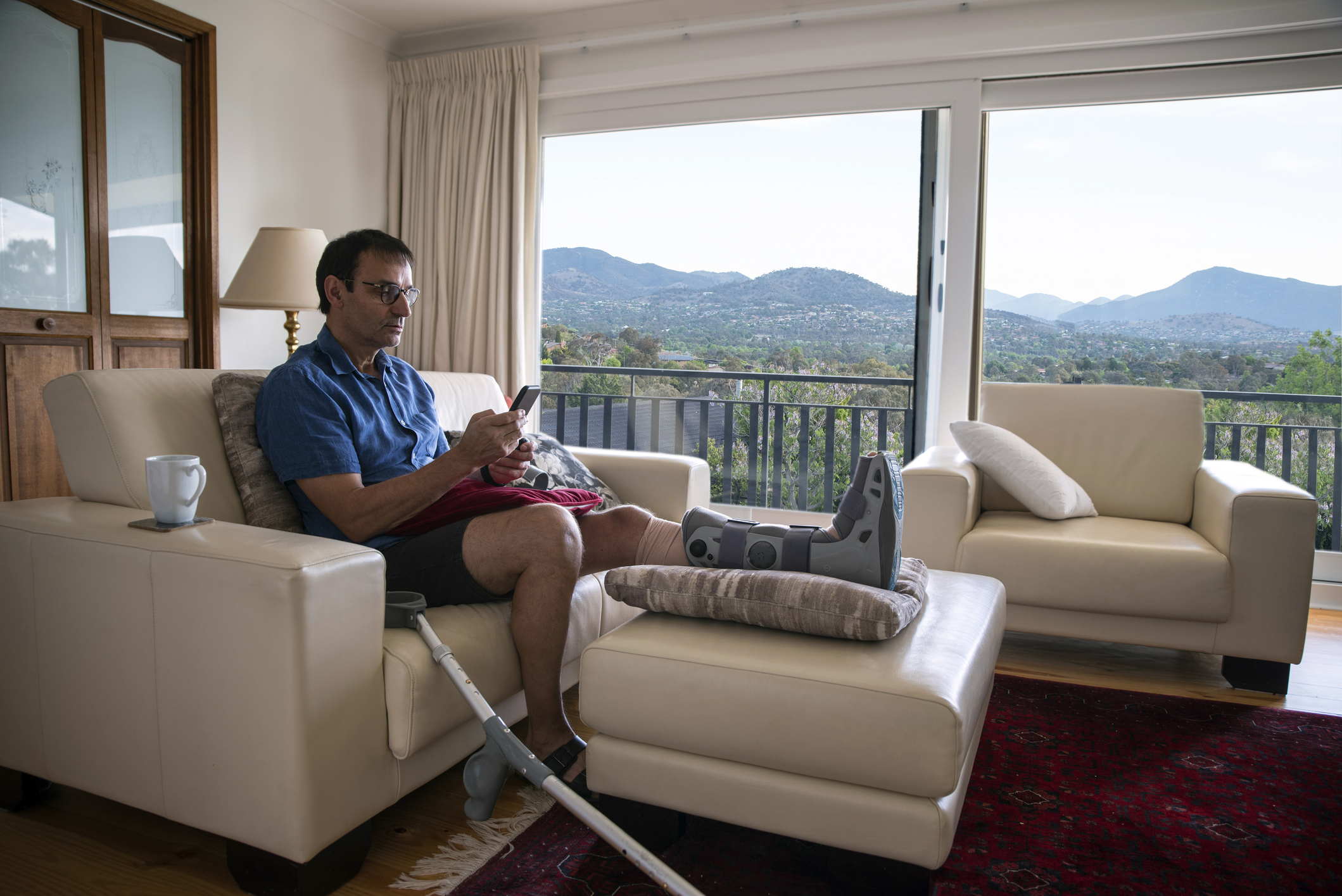Patients Australia's telehealth standards survey is the largest patient-led consultation of its kind.
It captures the views of more than 5,000 Australians on safety, quality and trust in telehealth.
The findings provide the first large-scale patient perspective to directly inform the development of national telehealth safety and quality standards being led by the Australian Telehealth Standards Consortium.
The latest survey results have shown patients in Australia support national safety and quality standards, clear referral pathways and follow-up care, explicit consent processes for data sharing and AI use, and transparency about who is responsible for their care.
But respondents also emphasised the importance of identity verification, strong privacy protections including no data sales, even in aggregate deidentified format, and maintaining human oversight in telehealth consultations.
The survey results were recently presented at a major Telehealth Standards Round Table, marking the next step in developing these standards.
Insights from the round table will inform the finalisation of the Telehealth Safety and Quality Standards and the design of a national accreditation framework, set for release in early 2026.
PGA at round table
Convened by Patients Australia through the Australian Telehealth Standards Consortium, the round table brought together leaders from across the telehealth and virtual care sectors to refine the draft framework that will guide safe, high-quality, and patient-centred virtual care in Australia.
Consortium members include Healthdirect; insurers Medibank, HCF, and Bupa; and telehealth and digital health innovators nib Group’s Honeysuckle Health, Updoc, Eucalyptus, Healthengine, MedAdvisor, MOSH, Medmate, 13Sick, and Wesfarmers Health.
Guests at the round table included PGA, Telstra Health, HotDoc, SANE, Movember, MS Australia, Arthritis Australia, and Canteen.
Round Table discussions focused on key areas of alignment and complexity – including advertising and marketing standards, accreditation pathways, and practical mechanisms to strengthen safety, quality, and transparency in virtual care delivery.
Pivotal steps
Patients Australia CEO Lisa Robins said the round table marked a pivotal step toward consistent, evidence-based standards across the telehealth landscape.
“This round table was an opportunity to bring the sector together to challenge, refine, and strengthen what safe and trusted telehealth should look like,” Ms Robins said.
“The level of collaboration and shared purpose in the room shows how committed everyone is to building a system that puts patients first.”
Patients Australia Digital Health Ambassador and Consortium Chair, Richard Skimin, said the event reflected the sector’s readiness to turn ideas into action.
“Our focus has always been on building something practical that patients and providers can both stand behind,” Mr Skimin said.
“This round table was about taking that next step — translating the principles of safety, quality, and trust into something tangible that will set a benchmark for virtual care across Australia.










